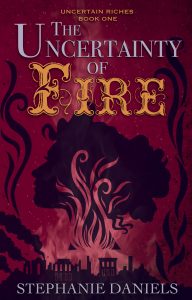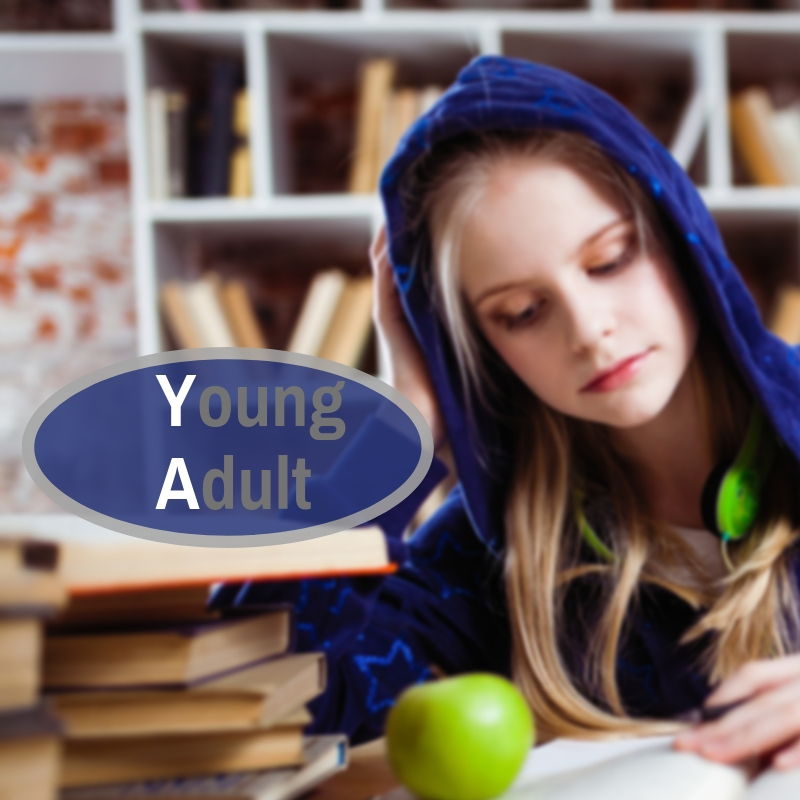How do you know if you’ve written a young adult novel or an adult coming of age? What about books that have dual timelines with both a teen point of view and an adult point of view? Finding your genre can be a difficult task. Here’s a few things to look at that might help an author determine what genre their work lands in.
Age of the Protagonist
The age of the protagonist does not determine whether or not a book is young adult, but the age of the protagonist can eliminate some books from the young adult market. If the main storyline is not about how a teen character is dealing with their story world, than it’s not young adult.
The protagonist in a book written for adults can be of any age.
Topics Explored
All young adult fiction is coming of age, but not all coming of age is young adult fiction.
Coming of age written for the adult market tends to be grittier. In these books, the protagonist may be young, but is dealing with adult issues.
In young adult fiction, the teenage protagonist could be dealing with unusual circumstances, but the material is typically less graphic than fiction written for adults.
Word Count
A young adult generally sticks to a prescribed word count, whereas a coming-of-age written for the adult market with a teenage protagonist can have a wide range of word count and can be literary, upmarket, or commercial.
Point of View
Young Adult fiction can be in one point of view or more, in either first person or third person, as can an adult coming of age. The current trend is to write YA in first person, but it’s not a defining rule.
Voice and Tone
Deep point of view is common in YA, as is an angsty bent. Teenagers are going through a myriad of changes and are focused on their feelings, more inward looking, and young adult is inclined to be written that way.
In adult fiction featuring a younger protagonist, the person is often operating as an adult, dealing with adult issues.
Vocabulary and Style
Novels written for the young adult market may use different vocabulary and language style than novels written for the adult market. Even if it’s historical young adult, the language would be slightly different to make it accessible to the targeted reader.
Romance
In most YA Historicals I’ve read, romance is often a secondary storyline. Love triangles seem to abound, and I think readers accept that more in YA because young people are experiencing a lot of those first love emotions for the first time. Young people are often still discovering the contrasts between between a crush, an infatuation, or a possible real love, which may lead to developing feelings in two different directions.
Setting for Historical YA
The historical era is a backdrop for the issues that the mc is working through. Description and historical details will be a natural part of how the character interacts with it.
Historical for adults allows for a few short historical tidbits to be inserted into the narrative to give understanding.
In YA, this tends to only matter if it directly affects the main character in some way. Even though there will be history inserted, it only goes as far as to how the main character has to use this information to forward her own story.
Hopefully, examining these different elements of a story will help authors decide what genre their historical fiction with a teen protagonist belongs in.
Can you think of any other differences between historical YA and historical coming of age for adults?
Leave a comment below.

Stephanie Daniels writes Christian historical fiction for young adults and the young at heart. Her debut novel, The Uncertainty of Fire, first appeared on Amazon’s Kindle Vella platform where it was a top faved Christian story. It is now available in paperback and kindle format online at Amazon and Barnes&Noble.

The Uncertainty of Fire
Sixteen-year-old Whimsy Greathart would rather fight against Chicago’s child labor practices than attend her privileged family’s high society events. On the night of the Great Chicago Fire, her world turned to ash, she must rely on the mercy of poor relations to rebuild her future and is forced into the very labor system she wished to fight against.

Donna Jo Stone writes YA contemporary novels about tough issues but always ends the stories with a note of hope. She blogs at donnajostone.com.




No Comments